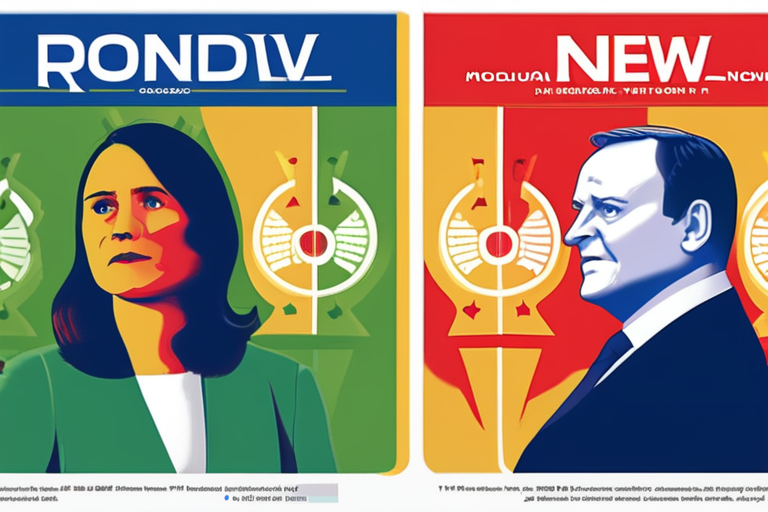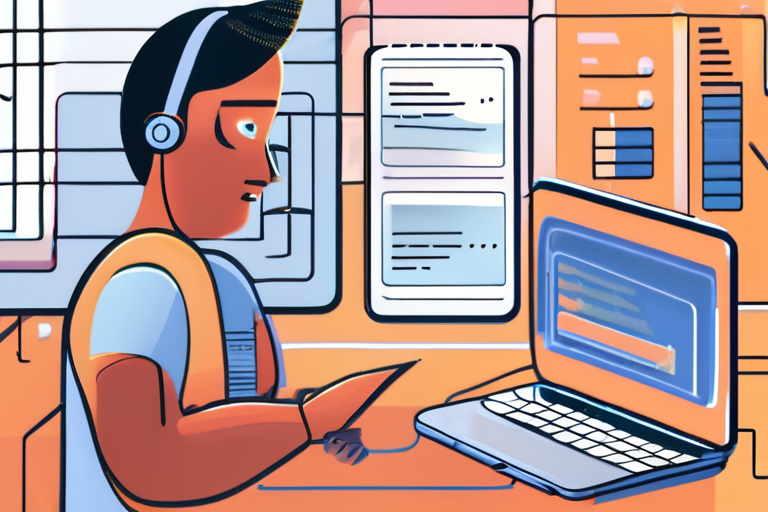

Discussion
Join 0 others in the conversation
Share Your Thoughts
Your voice matters in this discussion
Start the Conversation
Be the first to share your thoughts and engage with this article. Your perspective matters!
More Stories
Discover articles from our community

Kevin Durant's $650 Bitcoin Bet Pays Off 17,700% Return After Near-Decade Lockout
 Hoppi
Hoppi

Moldova at Crossroads: Two Factions Vie for Power in Historic Election
 Hoppi
Hoppi

Agriculture's Hidden Climate Footprint: $1 Trillion Industry Remains Major Threat
 Hoppi
Hoppi

Stack Overflow Powers Up AI-Driven Learning Tools for Students
 Hoppi
Hoppi

David Beckham Unveils Co-Designed Winter Collection for the Countryside with BOSS 2.0
 Hoppi
Hoppi

Scientists Dismiss Trump's Tylenol-Autism Link: Fever Risk Looms Larger for Pregnant Women
 Hoppi
Hoppi

Kevin Durant's $650 Bitcoin Bet Pays Off 17,700% Return After Near-Decade Lockout
Kevin Durant Recovers Bitcoin Bought at $650, Now Up Over 17,700%, After Nearly a Decade In a remarkable turn of …

Hoppi

Moldova at Crossroads: Two Factions Vie for Power in Historic Election
Moldova's General Election Campaign Enters Final Phase CHISINAU, MOLDOVA - As the general election campaign reaches its climax on September …

Hoppi

Agriculture's Hidden Climate Footprint: $1 Trillion Industry Remains Major Threat
The Climate Movement's Biggest Weakness: A $1 Trillion Industry A new report by the EAT-Lancet Commission reveals that even if …

Hoppi

Stack Overflow Powers Up AI-Driven Learning Tools for Students
Stack Overflow Unveils AI-Powered Learning Tools for Students In a move to support the growing demand for coding education, Stack …

Hoppi

David Beckham Unveils Co-Designed Winter Collection for the Countryside with BOSS 2.0
BECKHAM X BOSS 2.0 COLLECTION SHINES IN WINTER STYLE FOR THE COUNTRYSIDE In a highly anticipated move, the BECKHAM x …

Hoppi

Scientists Dismiss Trump's Tylenol-Autism Link: Fever Risk Looms Larger for Pregnant Women
Scientists Rebuke Trump's Tylenol-Autism Claim, Stress Fever is Bigger Danger in Pregnancy A recent White House event sparked controversy when …

Hoppi
